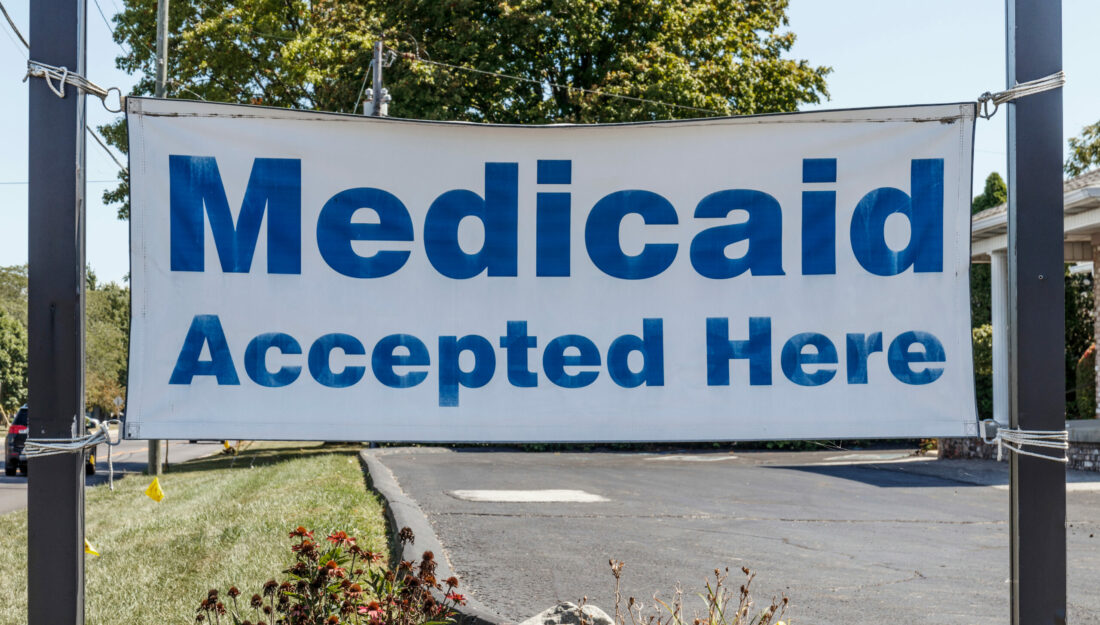New health problems emerge after COVID-19 for those who lack quality housing, health care

New research from the Texas A&M University School of Public Health suggests that those who live with ongoing poverty and poor housing conditions are more likely to develop new mobility issues following a COVID-19 infection.
This study, published in Preventive Medicine, is the first to examine the relationship between social vulnerability and persistent COVID-19 symptoms. In it, researchers analyzed data about socially vulnerable Michigan residents who experienced new difficulty in walking or climbing stairs after being diagnosed with COVID-19. The study is available online for free until Dec. 28.
“Learning more about persistent COVID-19 symptoms is important for the individuals involved but also for the overall health care system because those affected could also find that their other health conditions worsen,” said Kristi L. Allgood, PhD, MPH, an assistant professor of epidemiology in the Texas A&M School of Public Health who led the study and who worked in Michigan when the research was conducted. “An increase in mobility issues after a COVID-19 infection likely would also increase demand for health services and other resources.”
In addition, Allgood said the combined stresses from COVID-19 and from living in socially vulnerable circumstances can be cumulative, further worsening health outcomes for those affected.
For the study, conducted in 2022, the team used the county-level Minority Health Social Vulnerability Index created by the U.S. Department of Health and Human Services to ultimately identify 5,528 adults with polymerase chain reaction (PCR)-confirmed SARS-CoV-2 infections who lived in Michigan, including Detroit, at the time of diagnosis. The team then asked the respondents if they had serious difficulty walking or climbing stairs.
After accounting for the complex structure of the survey, a statistical analysis found that respondents living in highly socially vulnerable counties in Michigan had 38 percent higher odds of reporting a new mobility disability after a COVID-19 diagnosis compared to adults living in low-to-moderately socially vulnerable counties.
Specifically, 9.6 percent of respondents who lived in a highly socially vulnerable county reported a mobility disability, compared to 6.1 percent of those in other locations. In addition, those who were older than 65, Hispanic, Black or another race or ethnicity reported more new mobility disabilities than non-Hispanic White adults.
In addition, living in counties that had more households in poverty or that included households with children, older adults or disabled residents was associated with higher odds of mobility disability. In contrast, this study also found that residing in communities with a high proportion of racial and ethnic minority residents and/or non-native English speakers was associated with lower odds of mobility disability.
“This aligns with previous findings that people who are poor, have disabilities and reside in resource-poor communities are more vulnerable to the effects of any disaster,” Allgood said. “In addition, it is also consistent with findings that those living among others of the same ethnicity can protect against some health outcomes. Overall, our findings strengthen the case that sharing resources equitably during disasters such as pandemics could result in less harm to the most vulnerable populations.”
Media contact: media@tamu.edu


